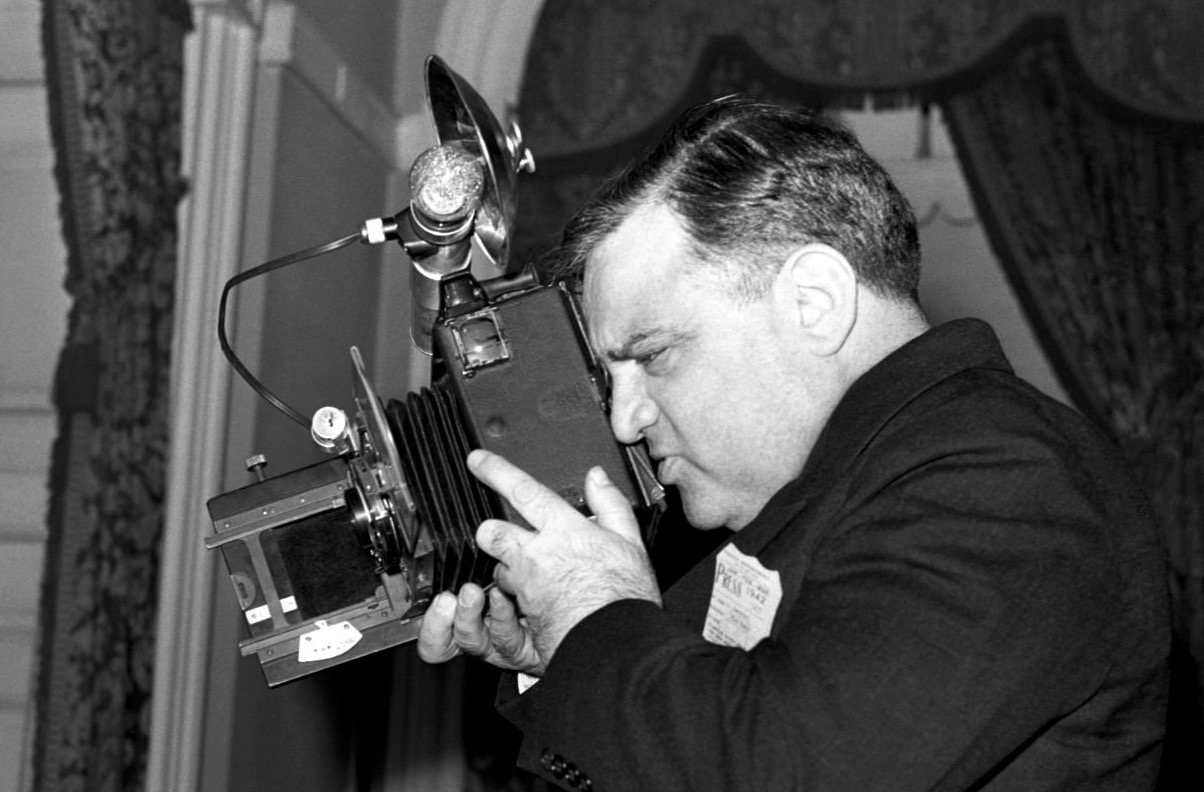The more I kept reading about it, the more mythical it became. How could anything so historical still be in the wild where it was originally placed?
When I began my search, I wasn’t successful. I uprooted twigs, leaves, and an animal’s nest instead. I was about to slam my ineptness when, suddenly, it was right in front of me! My inner geek flipped off a few summersaults. Two girls sitting nearby asked if I was looking for my lost drugs. Haha. No! So I decided to confess what made me seem unhinged.
*****
In 1808, the New York State Assembly created a “Streets Commission” comprised of Gouverneur Morris, Simeon de Witt, and John Rutherford. It was charged with planning New York City’s expansion and bringing sanity to its disordered arteries. At the time, the northern most edge of the city was North Street — today’s Houston Street — and the Commissioners needed to know what was above it. To that end, they hired John Randel, Jr. and asked him to survey all 11,400 acres of Manhattan. He began in the spring of 1808 and completed the job in the fall of 1810.
According to Gotham: A History of New York City to 1898 [1999] by Edwin G. Burrows and Mike Wallace, Randel went about the work with an eye toward where the future streets and avenues might best be placed. However, after he finished, Morris, de Witt, and Rutherford decided that their roads wouldn’t defer to Manhattan’s original topography of hills, ponds, and trees. They determined the landscape would be carved into a grid from North to 155th Street: There’d be 12 avenues running north-south and a street running east-west that crossed them every 200 feet. It became known as the Commissioners’ Plan of 1811. After the State Assembly approved it, the Commissioners tasked Randel with staking out the grid and he went back out to work.
So how’d he do it? Well, from what I’ve read, by sheer force of will. The process was painstaking and unforgiving. As reporter Sam Roberts recalled in the New York Times on March 20, 2011, Randel and his crew “fought their way through forests, shrubs, and briars ‘impassible without the aid of an ax.’” For all their effort, though, they were
pelted with artichokes and cabbages; arrested by the sheriff for trespassing; sued for damages after pruning trees; and attacked by dogs sicced on them by property owners irate at the prospect of streets being plowed through their properties….
But Randel was just as tough and exacting. Writing in The New Yorker on January 8, 2016, Marguerite Holloway — a Randel biographer — noted that he began laying the grid by resurveying Manhattan with “instruments of his own invention.” As he went along, he placed “wooden stakes or pegs” at each planned intersection. Once they’d all been laid, Randel and his team returned to replace them with more permanent objects. According to Gotham, the things they installed were
1,549 yard-high white-marble markers at imagined intersections, each engraved with the number of its street-to-be, and wherever rocks barred the way, half-foot iron bolts, ninety-eight in all, were driven in to mark the spot.
It took Randel about a decade to execute, but the remnants of his Herculean feat were usually ripped up or buried as the city expanded. That is, nearly all but one: the iron bolt in my photo above.
*****
Back in 2004, Reuben Rose-Redwood, a geographer at the University of Victoria, and Lemuel Morrison, then of Mercator Land Surveying, discovered it in Central Park while searching for traces of Randel’s survey. By taking a GPS reading of its position and comparing it to his original map, the researchers confirmed it was one of his. Amazingly, it marks an intersection where the Commissioners’ Plan says one should be. Of course, since Central Park was built on the land instead, this section of the street grid never materialized.
And that’s why I was so giddy to see it in person. I marveled at how Randel could be so precise in an age before GPS and how modern technology was able to affirm the veracity of his work.
The bolt itself measures one square inch across and sits in a bed of lead. It’s twelve inches long, with three inches visible and the rest buried in the bedrock. If the bolt wasn’t so chipped, you could probably make out the cross on its surface–the cross that’s been waiting over 200 years for some imaginary streets to meet.
Photo by Rick Stachura. December 20, 2015.
One of John Randel, Jr.’s extant survey bolts. Somewhere in Central Park.
(This story was originally posted to my old Tumblr site on February 6, 2016.)

